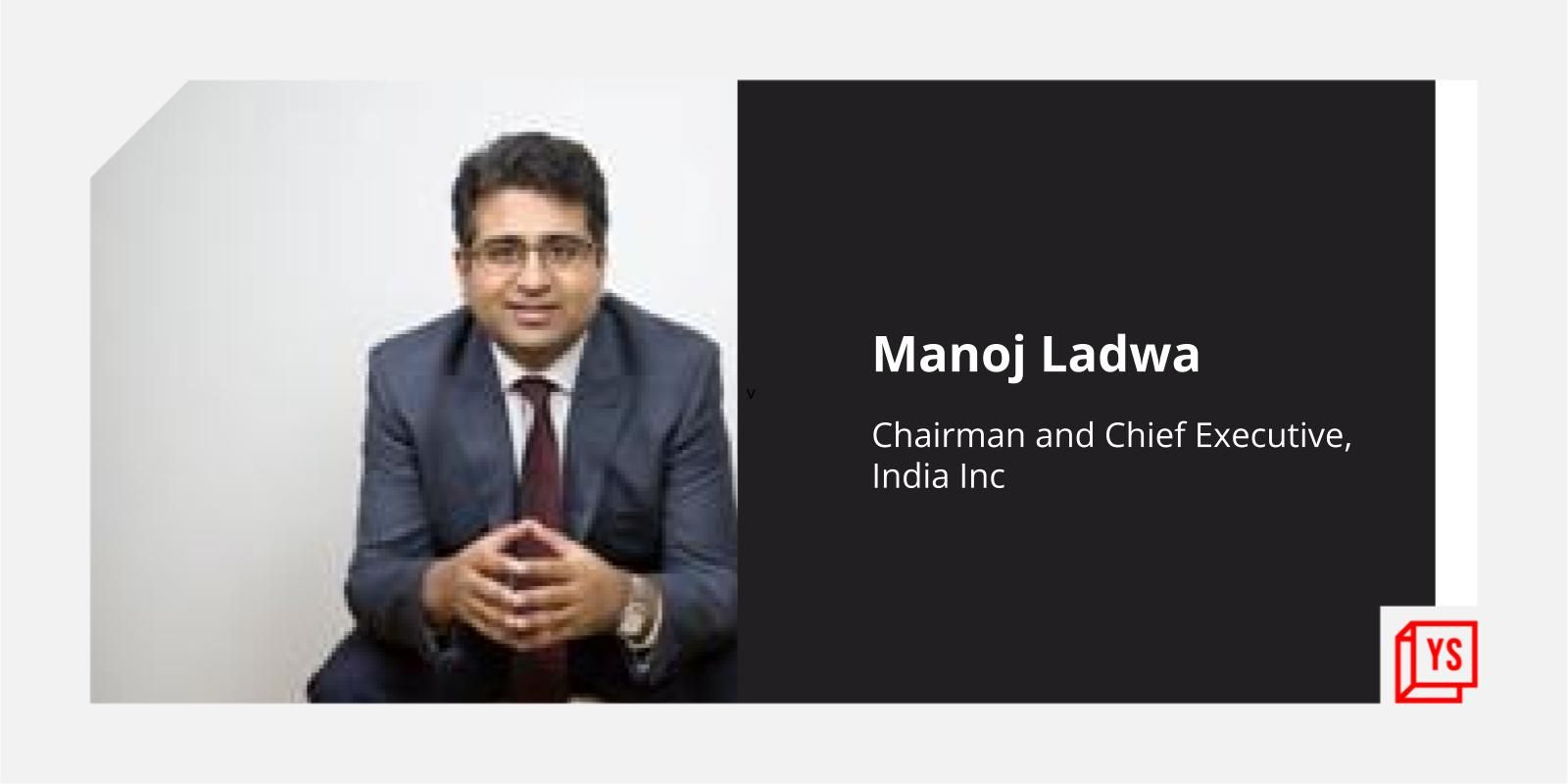Unpacking the Stack - What a full stack thesis means
My partner at Aspada recently wrote a terrific blog post on the dawn of full stack in India given a unique moment in time in which the country’s technological installation and deployment periods are moving in lockstep as opposed to in a linear progression, as has been observed in previous periods of technological advance.
The post elicited a lot of thoughtful discussions and observations from numerous keen observers of the Indian venture ecosystem. However, one of the replies we received more than once, even from folks we know well, was along the line of “I thought you guys invested in nuts & bolts kinds of businesses and basic services”—which to us is exactly the point and therefore worthy of a clarification of what it is we actually do as a fund and why a full stack approach is critical.

We invest in market leaders with complete solutions, not technology for the sake of technology. If you’re following the frenzied pace of early stage investment in India in segments such as delivery services, assisted small business solutions, and local platforms, you’ll notice that many are having little challenge in raising capital, but these are not technology investments despite the fact that some of their newly coined sector names end with “-tech.” They are technology-enabled solutions solving logistics and offline market linkage problems—which is at the very core of what we do.
If you look across all of our portfolio companies you’ll see a couple common themes: they are either creating access to markets/capital or “laying the pipes” to deliver essential services. We’re in the supply chain and delivery business for small enterprise finance, healthcare, and affordable education. We back teams that solve last mile logistics problems and that create linkages for small producers, farmers, and merchants so that they can access markets efficiently and find disintermediated market-clearing prices. We invest in solutions where the old ways of doing things distort markets, and new ways of doing things have the potential to create real market based solutions for thorny problems that hinder economic advancement. Importantly, we invest in companies that we believe can set the standard for their respective asset classes and that own the customer experience by offering end-to-end solutions using technology as an enabler—full stack, if you will.
While we’re focused on business model innovation and solving hard problems in large markets, we're to some degree sector agnostic—we invest in functional themes, not specific sectors.Our companies may look “traditional” but they’re not—they’re disruptive within their respective industries and are putting forth fundamentally new approaches to addressing large market needs. They’re also highly capital efficient; for instance, Be Well Hospitals does not own any real estate, and our cold-chain company, Schedulers Logistics, does not own any warehouses and leases a large percentage of its trucks. We value capital efficiency because with relatively modest amounts of capital our firms can achieve significant scale, and India needs India-sized solutions for India-sized challenges. Small, niche, and destined to remain marginal businesses don’t move the needle and create little social or economic value when the denominator is 1.2 billion people.
Why is this approach important in India?
It’s critically important, especially in a place like India where the quality of services that make up your stack vary greatly with regard to efficiency, execution ability, governance, and reliability. Much of the reason platforms work so well in the US is because the pipes have already been laid and the cement has been poured. There is uniformity in palletized containers and cold chains, there’s a common language, an existing high quality offering of existing service providers, 24 hour power, a predilection toward customer service, and enforceable legal consequences for non-compliance and malfeasance.
However, in India you can’t take these pieces for granted, and in order to ensure a seamless customer experience—whether its healthcare, small business loans, or delivering vegetables—you largely have to build the stack and its component parts yourself. This takes time—luckily we’re patient.
So what are we doing? I think we’re investing in India’s most talented entrepreneurs building the next generation of relevant, scalable, businesses in the country that are solving problems worth solving. Maybe that’s a bit subjective, but so is reality. However, what’s for certain is that we’re going to put a lot more money to work, both in our existing companies and in talented new teams that we meet.
We hope you’ll join us.
Image Credits : Shutterstock











